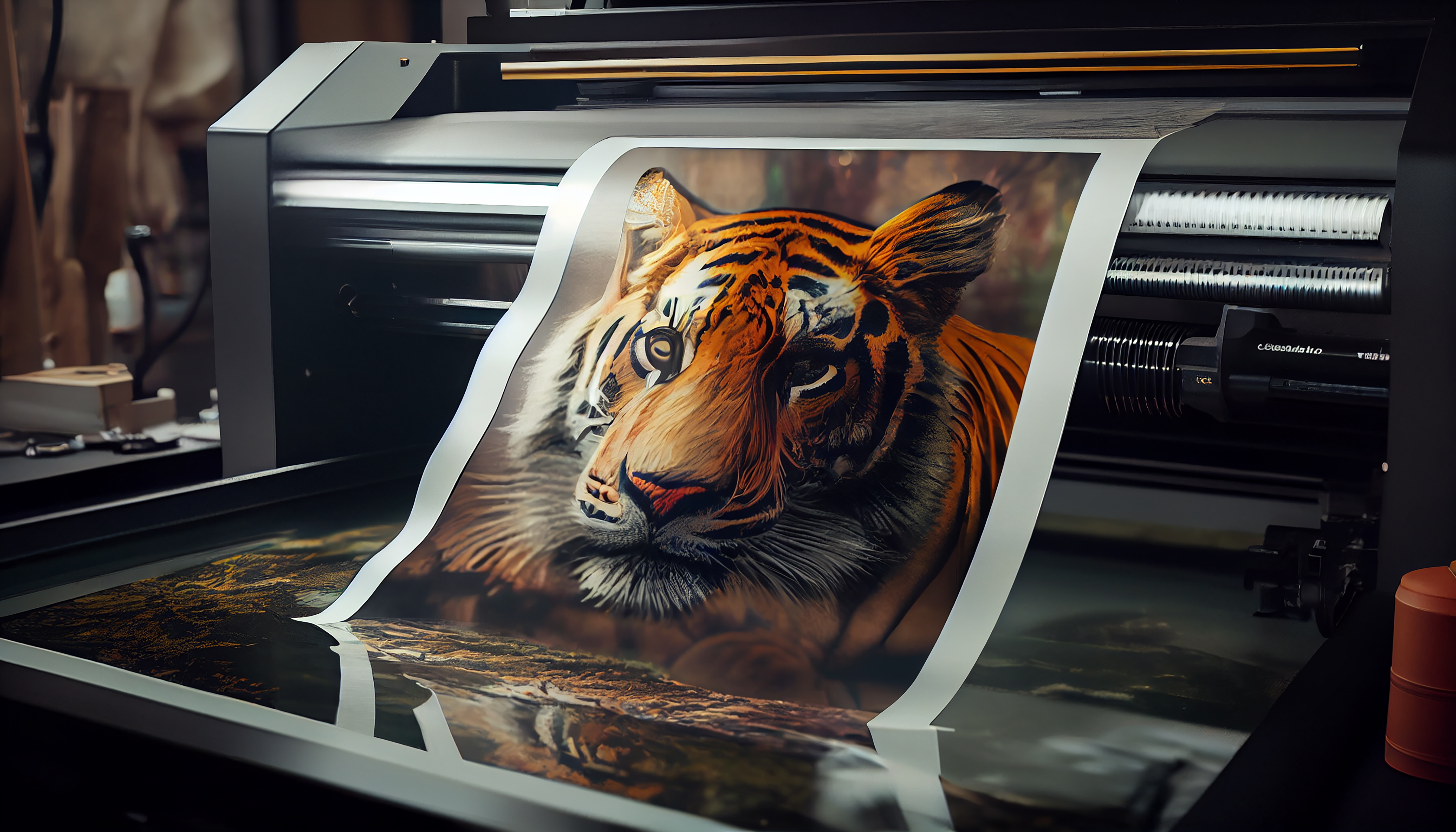
Laser engraving – a method of applying an image using a laser engraver. The laser beam changes the color of the material according to a given layout, leaving no indentation and practically creating no relief; this engraving option applies mainly to hard materials: metal, glass. On soft materials, the laser beam applies an image by removing the top layer of the product material: plastic, wood, leather.
UV printing - Ultraviolet printing is a type of inkjet printing using UV-curable ink that hardens (photopolymerizes) under the influence of ultraviolet radiation, forming a film on the printed material.
Silk-screen printing is a type of reproduction of texts, inscriptions, monochrome and color images using a stencil form.
This technology allows you to apply pictures to fabrics, ceramics, plastic, and leather.
Pad printing - is an indirect intaglio printing process. The image is applied by photoengraving to the surface of a flat cliche so that the printed elements are indentations on its surface. Then the cliche is wetted with paint. Excess paint is removed with a squeegee knife. After this, a soft silicone swab is lowered onto the cliche, picks up the ink from it and transfers it to the surface to be printed.
Eco-solvent printing. A technique for applying images to different types of surfaces using special inks. This method is perfect for making outdoor advertising, printing posters, paintings and other photographic objects for decoration and attracting attention.
Sublimation printing is a method of creating an image on an object, during which a picture from sublimation (thermal transfer) paper is transferred under the pressure of a heat press at a temperature of about 190 C to a surface compatible with the technology (fabric, plastic, etc.). For sublimation, special ink and paper are used (the printer prints the original image on it).
Flexographic printing (or flexography) is a method of applying a logo or other advertising image with a special flex film. This method is suitable for textile products: T-shirts, sweatshirts, T-shirts, aprons. Flex tape turns simple basic clothing into a unique piece that constantly attracts attention.
DTF printing on textiles (Direct To Film - “direct to film”) is a technology for digital printing on textiles and textile products, using PET film with a special coating as an intermediate image carrier. DTF printing technology refers to thermal transfer technologies (thermal transfer).
Selective 3D varnishing is one of the modern and very popular methods of decorating printed products, the result of which is the application of high varnish to certain areas of printed products. Varnish is usually used to highlight the company logo, inscriptions and individual design elements. Due to the height of the varnish, the products also acquire a tactilely pleasant relief.
Hot stamping is a printing process, a method of processing wood, leather, paper, cardboard, etc. It is a type of burning. Other names: "fire printing", hot printing or pyrotype. Using a metal cliche (stamp) heated to a certain temperature, the required design (logo, inscription, technical marking, etc.) is applied to the material. Pressure and temperature form a relief and contrast image on the material.